Bulk yeast storage
jackierooke
15 years ago
Related Stories

GARDENING AND LANDSCAPINGWhy Is There a Bathtub in the Backyard?
Nope, it's not waiting for bulk trash pickup. These days outdoor tubs are serving soakers, beer drinkers and even the fishes
Full Story
WINE CELLARS8 Wine Cellars Overflowing With Artful Storage
Give your wine collection a high-end home, with a prefab or custom racking system as posh as you please
Full Story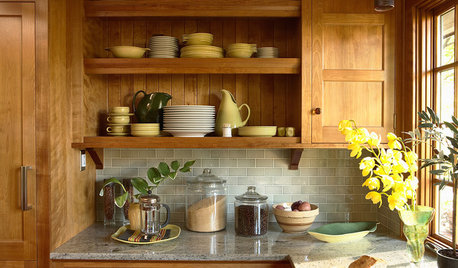
SHOP HOUZZShop Houzz: Kitchen Countertop Storage Done Right
Jars, bread boxes and other organizing wonders for your neatest, prettiest counters yet
Full Story0

FEEL-GOOD HOME12 Very Useful Things I've Learned From Designers
These simple ideas can make life at home more efficient and enjoyable
Full Story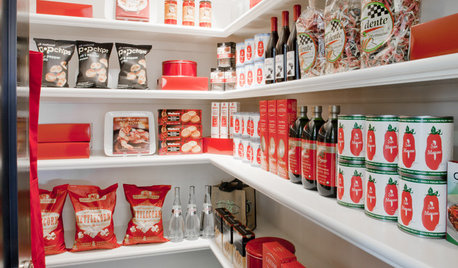
KITCHEN STORAGEGet It Done: How to Clean Out the Pantry
Crumbs, dust bunnies and old cocoa, beware — your pantry time is up
Full Story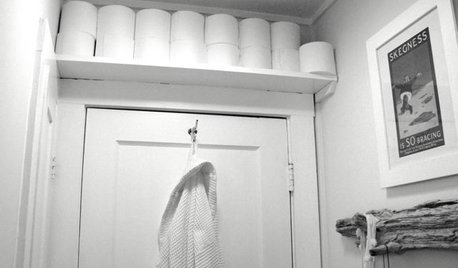
BATHROOM DESIGNBathroom Storage: Where to Keep the TP?
The Houzz community steps in with 19 tidy toilet paper storage solutions
Full Story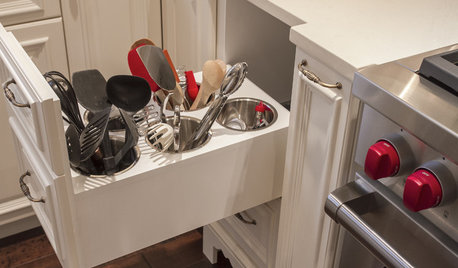
MOST POPULARThe 15 Most Popular Kitchen Storage Ideas on Houzz
Solve common kitchen dilemmas in style with custom and ready-made organizers, drawers, shelves and more
Full Story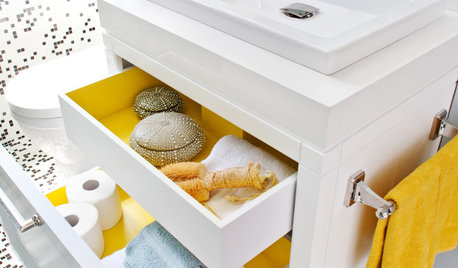
BATHROOM DESIGNGet It Done: Organize the Bathroom for Well-Earned Bliss
You deserve the dreamy serenity of cleared countertops, neatly arranged drawers and streamlined bathroom storage
Full Story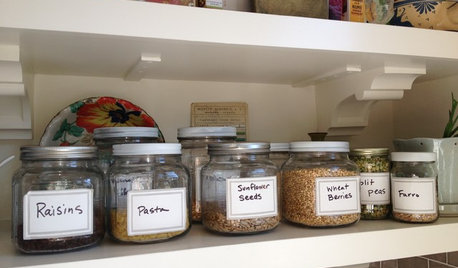
KITCHEN STORAGEArtful Organizers: Jars for Pretty Pantry Displays
Ditch the disheveled look of mismatched boxes and bags for colorful or clear pantry jars in an appealing arrangement
Full Story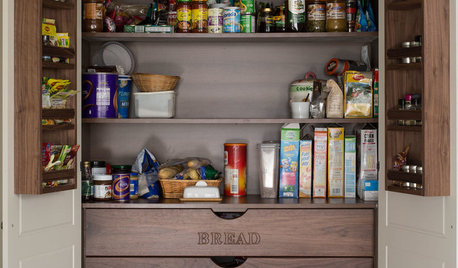
MOST POPULARThe Most Popular Kitchen Storage Ideas of 2014
Of all the kitchen storage photos uploaded to Houzz this year, these 14 were tops. Which will you save to your kitchen ideabook?
Full Story



teresa_nc7
marlingardener
Related Discussions
Yeast ? Please
Q
Yeast, just yeast
Q
Bulk Storage
Q
Looking for some bulk food storage ideas
Q
tami_ohio
Marigene
shirleywny5
centralcacyclist
wizardnm
User
annie1992
shirleywny5
annie1992
grainlady_ks
shirleywny5
grainlady_ks
teresa_nc7
Terrapots
grainlady_ks
azzalea
busylizzy
annie1992